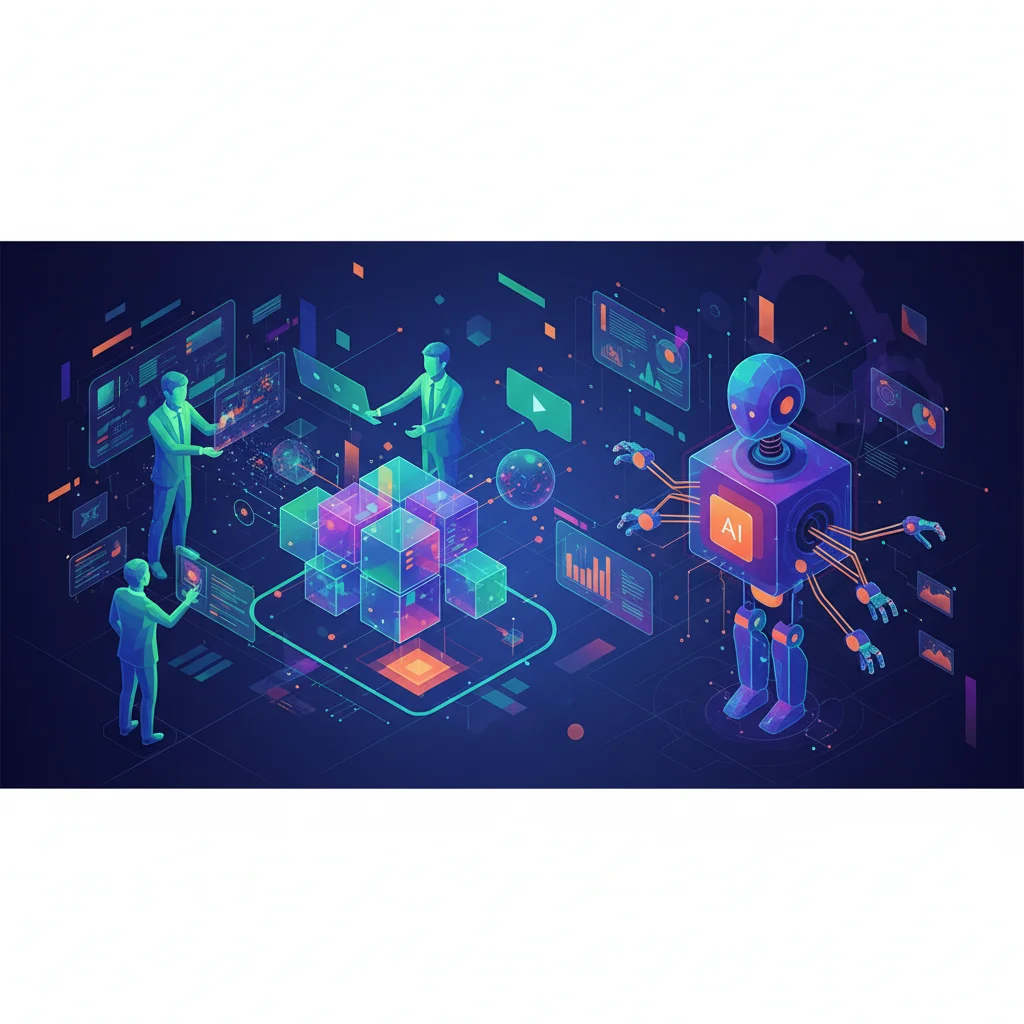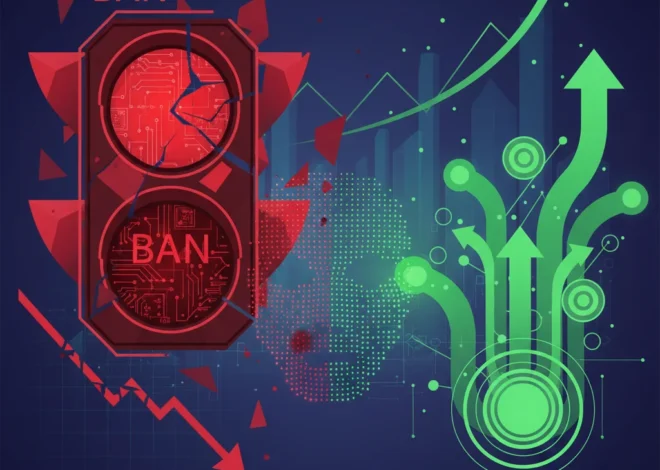
Training Your Replacement: How AI Is Forcing Professionals to Automate Their Own Jobs
The Unsettling Request: “Make Yourself Obsolete”
Imagine your boss calls you into a meeting. You’re a skilled professional, a craftsperson with years of experience. Instead of assigning you a challenging new project, they give you a new task: teach a machine to do your job. Not just to assist you, but to replace you. Your new key performance indicator is how quickly you can make your own expertise redundant. This isn’t a scene from a dystopian sci-fi novel; it’s the reality for professional translators like “Lucia,” a linguist who was told her company wanted her to “make herself obsolete.”
The world of language translation has become ground zero for one of the most profound and unsettling transformations in the modern workplace, driven by the relentless advance of artificial intelligence. What’s happening to translators is a canary in the coal mine for countless other knowledge-based professions—from programmers and graphic designers to lawyers and financial analysts. It’s a story of efficiency versus expertise, of automation versus artistry, and it holds crucial lessons for anyone involved in technology, from startups to enterprise-level corporations.
This isn’t just about a single industry. It’s about a fundamental shift in how we value human skill in the age of intelligent machines. Let’s dissect what’s happening at the sharp end of AI and what it signals for the future of work.
From Artisan to “AI Janitor”: The Rise of PEMT
For decades, professional translation was a highly skilled craft. It required not just fluency in two languages, but a deep understanding of culture, nuance, idiom, and context. A translator wasn’t just swapping words; they were transposing meaning. But the industry has undergone a seismic shift with the rise of a new workflow: Post-Editing Machine Translation (PEMT).
Here’s how it works:
- A client submits a document.
- It’s first run through a sophisticated AI translation engine, often a powerful Large Language Model (LLM) hosted on the cloud.
- The raw, machine-generated output is then handed to a human translator.
- The translator’s job is no longer to translate, but to “post-edit”—to clean up the AI’s mistakes, correct awkward phrasing, and fix contextual errors.
On the surface, this sounds like a perfect human-AI collaboration. The machine does the heavy lifting, and the human provides the final polish. But the economic and professional reality is far more grim. The pay for PEMT is significantly lower than for traditional translation. As one industry executive noted, the goal is often to drive down costs, with human editors being paid a fraction of their former rates. The role of the artisan has been downgraded to that of an “AI janitor,” tidying up the messes left by an algorithm.
The creative spark, the joy of finding the perfect phrase, is replaced by the monotonous grind of error correction. It’s the equivalent of asking a master chef to spend their days just adding salt to pre-packaged, machine-made meals.
{{


